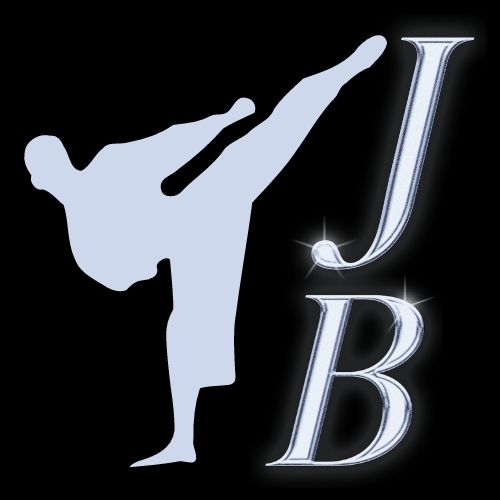The origin of the term “karate” is from the Japanese word “kara,” which means “empty,” and “te,” which means “hand.” This form of martial arts is known for fighting without weapons.
Origins
Although karate traces its origins back to ancient Asia, it is relatively new to the martial arts world. It originated in Okinawa, where people developed a closed-fist fighting system known as te.
Some believe that Okinawa sent its young men to China to learn from monks from the Shaolin Temple. Others claim that the island’s trade routes brought in Chinese visitors who introduced martial arts techniques to the island’s residents.
In response to Japan’s ban on weapons in 1609, Okinawa’s practitioners refined and practiced empty-hand fighting techniques. These became the basis for modern karate.
Three cities in Okinawa, namely Tomari, Shuri, and Okinawa, contributed to developing various styles of te. These styles are known as “Okinawa-Te,” and are still widely practiced.
In 1917, Japanese martial arts expert Gichin Funakoshi introduced karate to the country. Impressed by his demonstration, Crown Prince Hirohito stated his enthusiasm for the discipline.
After five years, Dr. Jano Kano invited Funakoshi to teach and demonstrate karate at his school. His support for the discipline helped establish it in Japan. Before this, karate had been regarded as a “peasant” martial art.
Today, there are four major styles of karate that are commonly practiced in Japan. These include Shotokan, Goju-Ryu, Wado-Ryu, and Shito-Ryu. Although all of these styles follow the same basic principles, they have a varying emphasis on technique.
In the U.S.
Like other Asian martial arts, karate was introduced to the U.S. through the military. In 1942, Robert Trias, a U.S. Navy sailor stationed in the South Pacific, met T’ung Gee Hsing, a renowned karate master. Hsing convinced Trias to train with him. Trias was preparing for a boxing match when he met Hsing.
Trias noted that Hsing gave him the biggest beating of his life. Trias then asked Hsing to teach him in 1943. He eventually earned his black belt. Trias then opened the first school for karate in the U.S. in 1946. Two years later, he founded the U.S.K.K.A., which is regarded as the world’s largest organization for the discipline.
During the 1960s and 1970s, various individuals opened schools that mainly focused on karate in the U.S. This was when other martial arts, such as taekwondo and aikido, were introduced to the country. Due to the increasing number of styles and practitioners in the U.S., “karate” has become a catchall term for all things related to martial arts. However, it should be noted that the term “karate” doesn’t refer to all martial arts. For instance, while Chinese, Japanese, and Korean martial arts are closely related, each has its unique history and culture.
Style
Although karate mainly focuses on using kicks and hand strikes, it also uses techniques such as knee and elbow strikes. Its students develop two forms of karate: kata and Kumite. The former involves using various attack and defense strategies against an imaginary opponent, while the latter involves striking and defending against an opponent.
As a philosophy, karate emphasizes the importance of developing the mind and body and building character. It also highlights the importance of concentration and respect.

